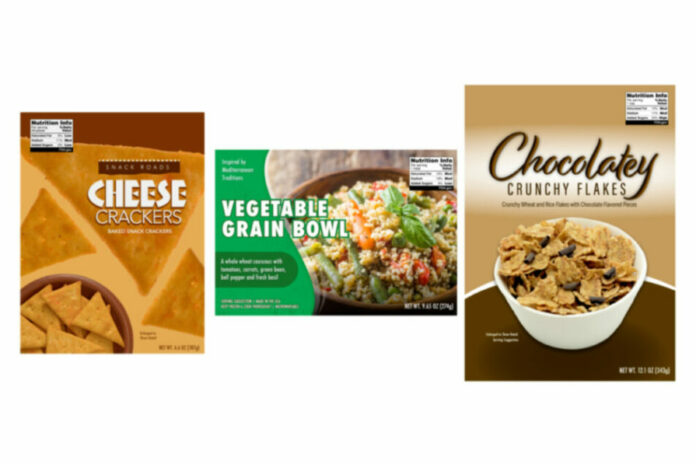The US Food and Drug Administration (FDA) recently proposed a new front-of-package nutrition label for most packaged foods, aiming to provide consumers with important information about saturated fat, sodium, and added sugars. This label, known as the “Nutrition Info box,” would indicate whether a food item contains low, medium, or high levels of these nutrients, based on a range of Daily Values (DV). The FDA suggested that a value of 5% DV or less would be considered low, 6% to 19% DV would be medium (indicated as “Med” in the Nutrition Info box), and 20% DV or more would be high.
The proposed rule would require the Nutrition Info box to be prominently displayed in the top third of the front of the package, excluding foods marketed towards children under 4 years old. This label would complement the existing Nutrition Facts Label that provides detailed information about various nutrients. Additionally, the FDA is looking to amend the definition of a low sodium claim, reducing the threshold from 140 mg to 115 mg or less per serving.
According to the FDA, chronic diseases like heart disease, cancer, and diabetes are major causes of disability and death in the United States, with excess consumption of saturated fat, sodium, and added sugars playing a significant role. Commissioner Robert M. Califf emphasized the importance of making nutrition information easily accessible to consumers to promote public health.
The FDA conducted extensive research to develop the proposed Nutrition Info box, including scientific reviews, consumer focus groups, and experimental studies. If the rule is finalized, food manufacturers would have three to four years to implement the new label on most packaged food products. The FDA is currently accepting comments on the proposed rule, with a deadline of 120 days after the rule is published in the Federal Register.
While the FDA’s proposed front-of-package labeling has been praised by organizations like the American Heart Association for providing clearer nutrition information to consumers, some industry representatives have expressed concerns. The International Dairy Foods Association highlighted the need for a balanced approach that considers the full range of nutrients, including essential ones found in dairy products like calcium, protein, and vitamin D.
The FDA estimated that the costs associated with relabeling and potential reformulation due to the proposed rule could range from $66 million to $154 million annually. While reformulation is not mandatory, the FDA projected additional costs for companies that choose to adjust their product formulations. The agency’s goal is to empower consumers to make informed choices for their health and well-being through transparent and accessible nutrition information.
In conclusion, the FDA’s proposed front-of-package nutrition labeling represents a significant step towards improving consumer awareness and promoting healthier food choices. By providing clear information about key nutrients and encouraging transparency in food labeling, the FDA aims to address the growing concerns around diet-related illnesses and empower individuals to make informed decisions for their overall health.

